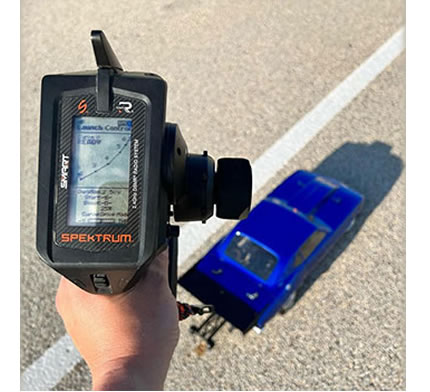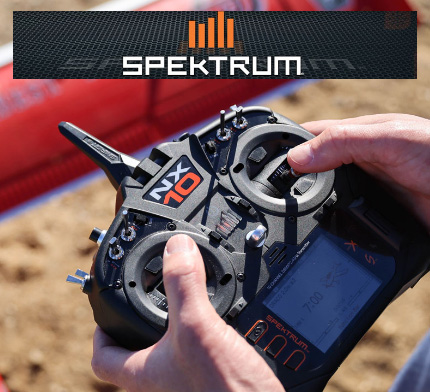Takom 1/32 Horten Ho 229 Double Box Ho 229A & Ho 229B + 1/16 Pilot Figure # 32001W
The Horten Ho 229, also known as the Gotha Go 229, was a revolutionary German aircraft developed during World War II by the Horten brothers, Reimar and Walter Horten.
It is often regarded as one of the first true stealth aircraft due to its advanced design and unique features.
Key Features:
Flying Wing Design: The Ho 229 was a tailless flying wing aircraft, which minimized drag and gave it an innovative aerodynamic profile. This design also reduced its radar cross-section, contributing to its stealth capabilities.
Jet Propulsion: Powered by twin Junkers Jumo 004 turbojet engines, the Ho 229 was designed to achieve high speeds, potentially rivaling or surpassing Allied aircraft.
Stealth Characteristics: The wooden construction of the airframe, combined with a minimal radar signature, made the Ho 229 an early attempt at creating a stealth aircraft. This design aimed to evade detection by radar, which was becoming a critical tool in warfare.
Armament: The aircraft was intended to carry a pair of 30 mm MK 108 cannons, making it a formidable weapon for both air-to-air and ground attack roles.
Development and Testing: The project began under the Horten brothers' vision of creating a high-speed, long-range bomber. The prototype (V3) was captured by Allied forces in 1945 before it could enter mass production. Only a few prototypes were built, and it never saw combat.
Legacy:
The Horten Ho 229 is considered a precursor to modern stealth aircraft like the B-2 Spirit.
Its innovative approach to design and engineering showcased the potential of advanced aerodynamics and stealth technology, leaving a lasting impact on aviation history.
Today, one of the prototypes is preserved at the Smithsonian National Air and Space Museum in the United States.

















 Spread the cost with Paypal Credit
Spread the cost with Paypal Credit
 Spread the cost with Klarna
Spread the cost with Klarna















